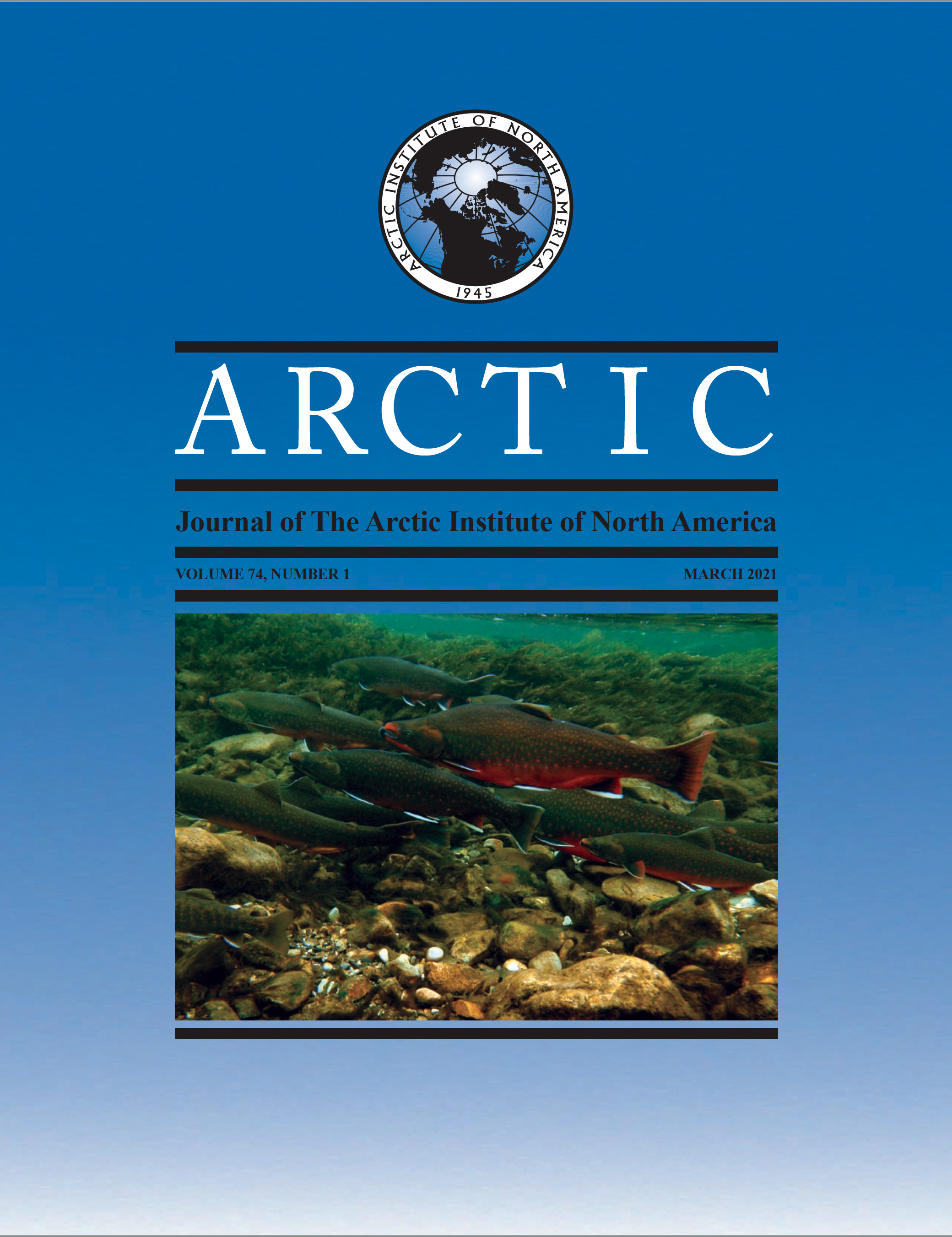Hydrological Analysis of Municipal Source Water Availability in the Canadian Arctic Territory of Nunavut
DOI:
https://doi.org/10.14430/arctic72137Keywords:
water resource assessment; climate change; Arctic; water management; water security; Arctic hydrology; drinking water vulnerabilityAbstract
In the Canadian Arctic, the availability of sustainable drinking water supplies is threatened by pressures such as increasing populations, climate change, and the remote geographic nature of the communities. The objective of this study was to conduct a screening level vulnerability assessment of municipal drinking water supplies in the Canadian territory of Nunavut with consideration for climate change, population growth, and infrastructure changes. A hydrological analysis of primary drinking water supply watersheds was performed to evaluate the relative vulnerability level in 24 Nunavut communities. We used a water balance model to predict annual water yield from each watershed using historical and projected future climate data. Approximately 25% of the study communities were projected to experience high vulnerability to water shortages by 2070, defined as using greater than 40% of available water from their source watershed on an annual basis. A medium level of vulnerability (using 20% – 40% of annual available water) was determined for 8% of the study communities and a moderate level for 12% (using 10% – 20% of annual available water). A low vulnerability level to 2070 (using less than 10% of annual available water) was determined for 55% of the communities. The vulnerability level was primarily influenced by source watershed size. The results of this study could be used as a component of a proactive strategy to help address water security issues in Nunavut.
Downloads
Published
Issue
Section
License
Copyright (c) 2021 ARCTIC

This work is licensed under a Creative Commons Attribution 4.0 International License.


